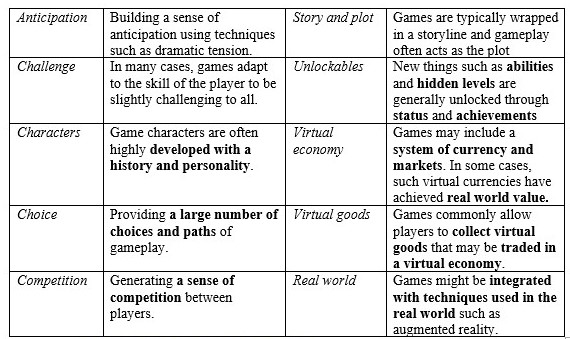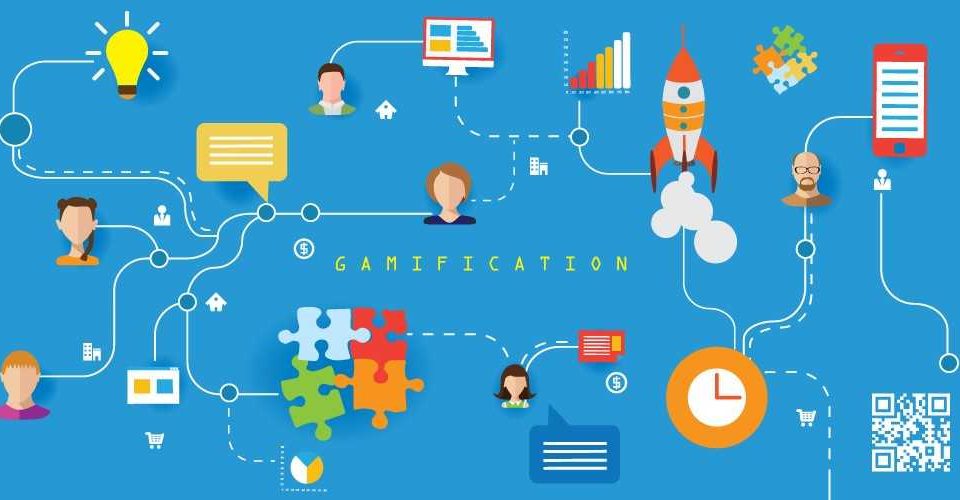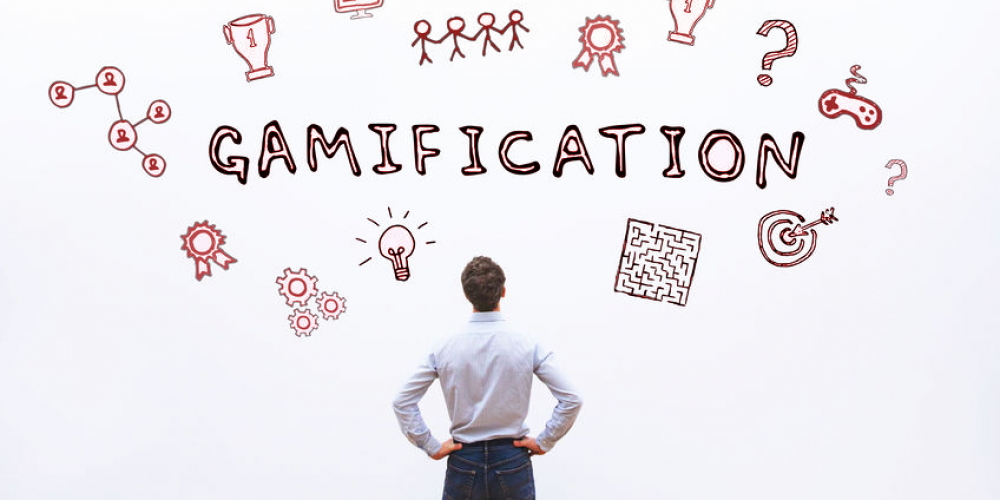Gamification in the Language Classroom
What is gamification?
Gamification has gained popularity as teachers realize the potential that games offer their students who are digital natives. They have different learning styles, new attitudes to the learning process and higher requirements for teaching and learning. Therefore, more and more teachers are looking for ways to integrate technology in their way of teaching. Modern pedagogical paradigms and trends in education, reinforced by the use of technology, requires the use of new approaches and techniques in order to implement active learning. Gamification in education is one of these trends. There have been various definitions of ‘gamification’ most of which overlap. Gamification is defined as ‘the practice of making activities more like games in order to make them more interesting or enjoyable’ in Cambridge Online Dictionary. According to Kapp gamification is all about “using game-based mechanics, aesthetics and game thinking to engage people, motivate action, promote learning, and solve problems.” (Kapp, 2012). Using game elements in gamification enhances motivation and learning in formal and informal situations. In short, gamification is an integration of game elements and game thinking in activities that are not games.
What is the difference between games and gamification?
Games and gamification are different terms although they are thought to refer to the same thing by many teachers. First of all, this misunderstanding should be corrected in order to be able to better integrate gamification into the language teaching and learning context. Games have long been part of language teaching methods. Koster (2013) explains games as ‘a system in which players engage in an abstract challenge, defined by rules, interactivity and feedback that results in a quantifiable outcome often eliciting an emotional reaction.’ Another definition by Koster is as follows; games are ‘systems built to help us learn patterns’ and fun as ‘a neurochemical reward to encourage us to keep trying’. (2013) In other words; learning is practice that uses game elements to teach a specific skill or achieve a specific learning outcome.It takes the core content and objectives of the lesson and makes it fun. Games are embedded into lessons and some examples of them are puzzles, scrabble, taboo and bingo games.
Gamification, on the other hand, is the application of game mechanics in a non-game context to motivate and encourage students to achieve the desired learning outcome. Gamification uses game mechanics as a reward for completing existing training modules. Some examples to this include leaderboards, badges, trophies, point systems, and “unlocking” new content after mastery of previous content.
Gamifying in the language classroom
Gamification in learning is an educational approach to motivate students to learn by using computer game (e.g. World of Warcraft, Farmville, etc.) design and game elements in non-game learning environments. The goal is to maximize enjoyment and engagement through capturing the interest of learners and inspiring them to continue learning.
Games have some distinctive features and these features play a key role in gamification. If you decide to gamify in your classroom, you should no longer use terms such as students, grades, classroom rules, group work, units, projects, etc. in your classroom. Instead you ought to use game terms like players, experience points, game constraints, team, level, quest, rewards, and such.
When gamifying in your classes, you should follow a process just like in a computer game. First of all, you look at your teaching objectives and then you set quests in order to meet your outcomes. You should never forget to assign points to each and every task you set. You apply your quests in your classroom, and the players accumulate points as a result of executing tasks. In the end you may add up the points they gained throughout the tasks and rank the players according to their achievements. For this you can create badges as rewards for completing actions (Kiryakova, Angelova, & Yordanova, 2014).
Gamification is generally used as a strategy to improve the productivity of the employee or build customer relationships in order to achieve goals or to boost students’ enjoyment and arouse their interest in the lesson in an educational setting. There are various techniques of gamification some of which are listed in the table below.

Adapted from https://simplicable.com/new/gamification
What do you think of ‘gamifying’ your lessons?
- I’m ready to gamify my classes.
- I can try some bits of gamification in my classes.
- I need to think about gamification and internalize it.
- I do not think I will ever gamify in my classes.
References
Kapp, K. M. (2012). The gamification of learning and instruction (p. 93). San Francisco: Wiley.
Kiryakova, G., Angelova, N., & Yordanova, L. (2014). Gamification in education. Proceedings of 9th International Balkan Education and Science Conference.
Koster, R. (2013). Theory of fun for game design. ” O’Reilly Media, Inc.”.
Spacey, John. (03,02,2020).Retrieved from https://simplicable.com/new/gamification


